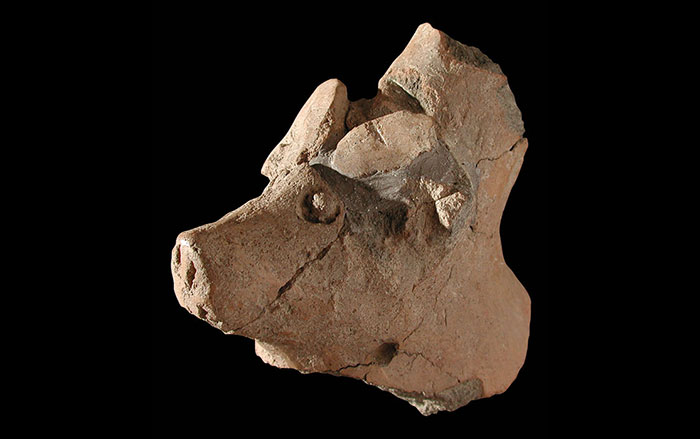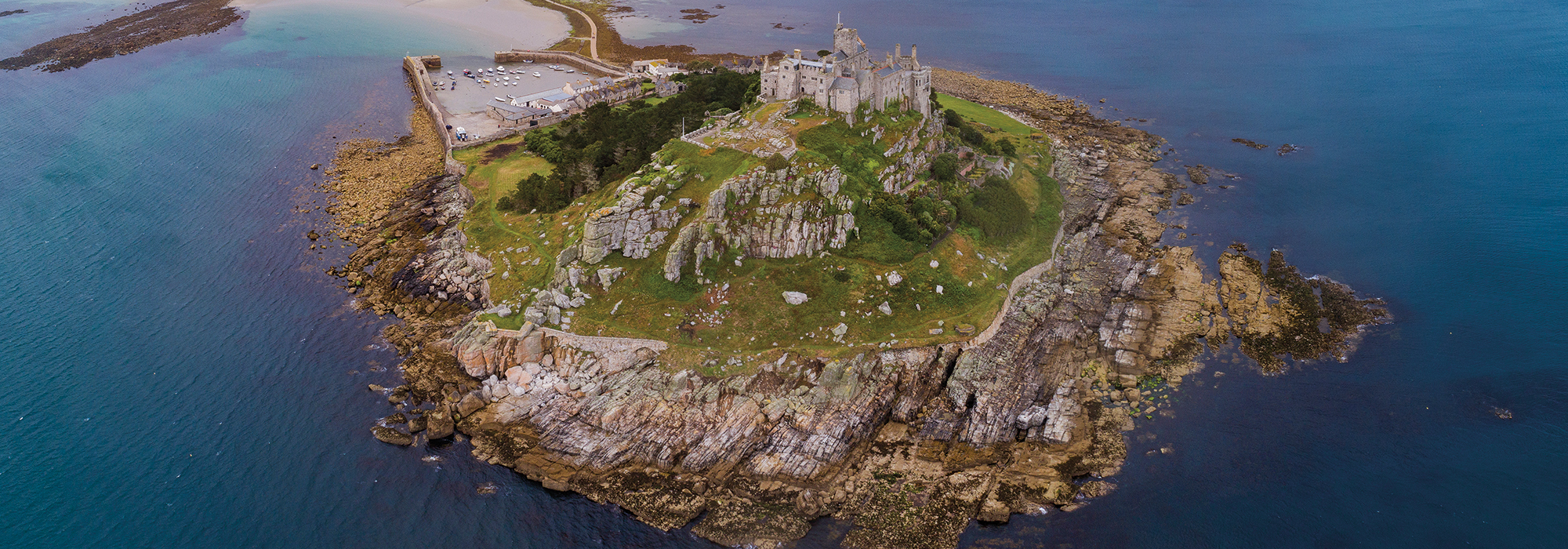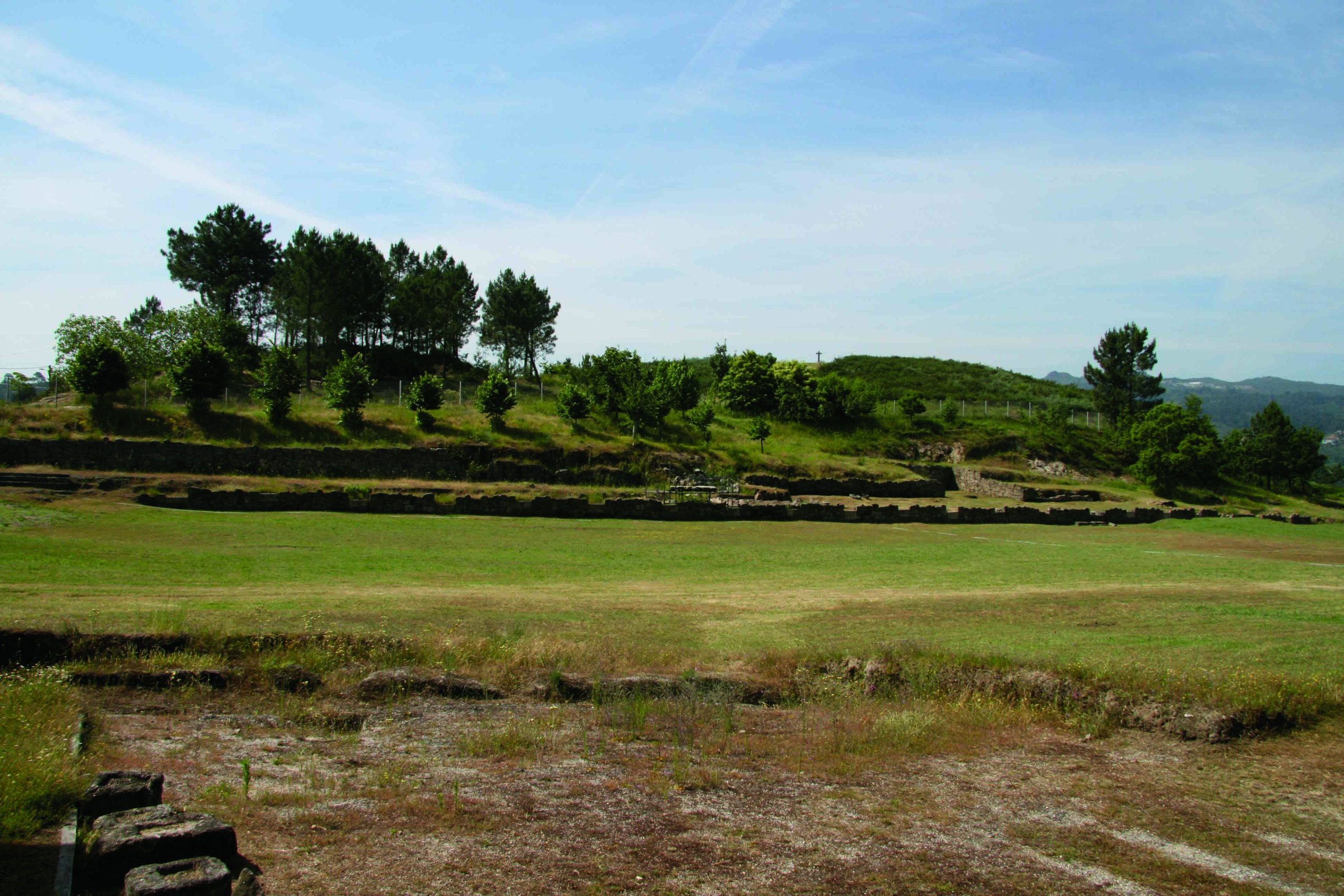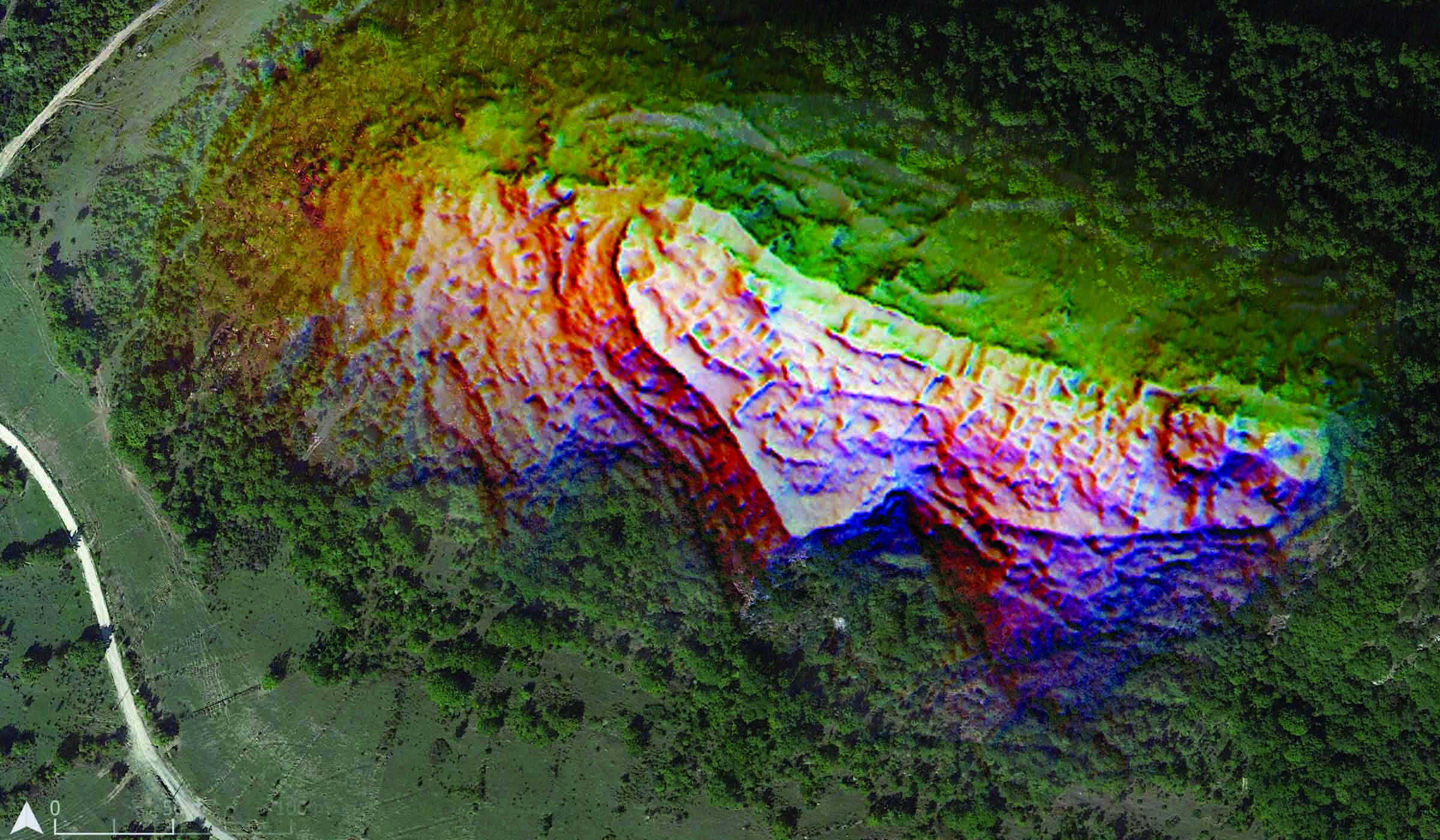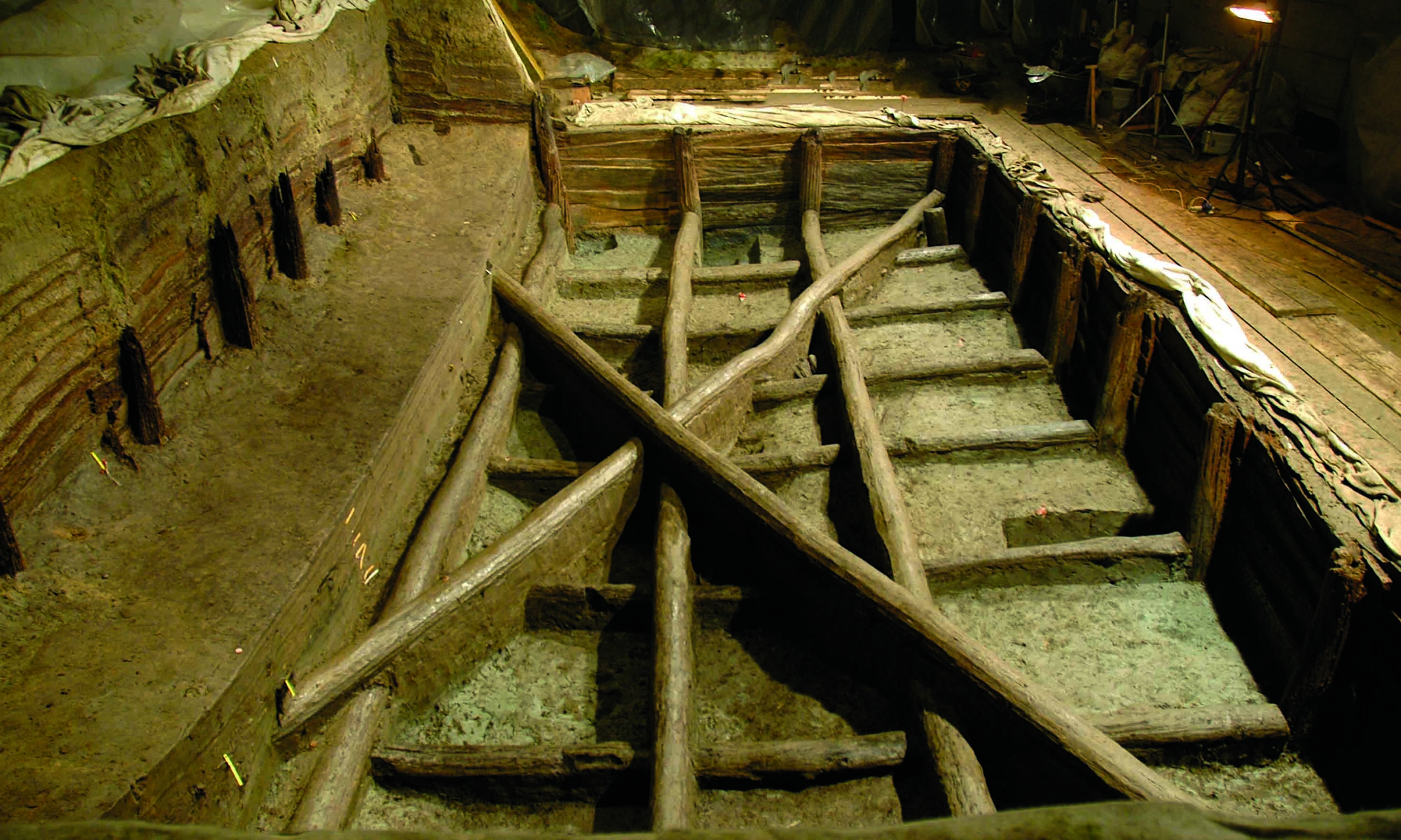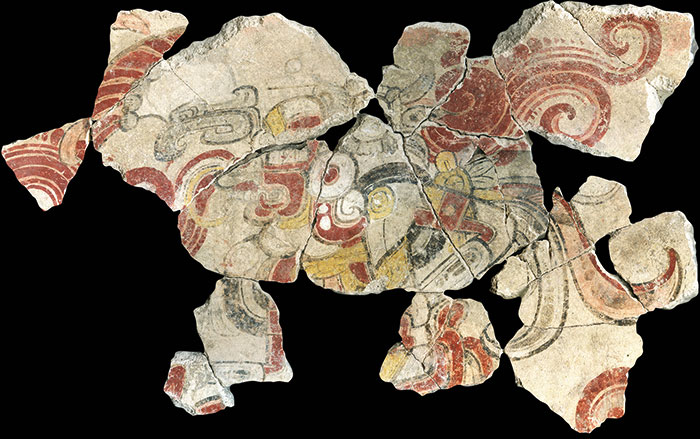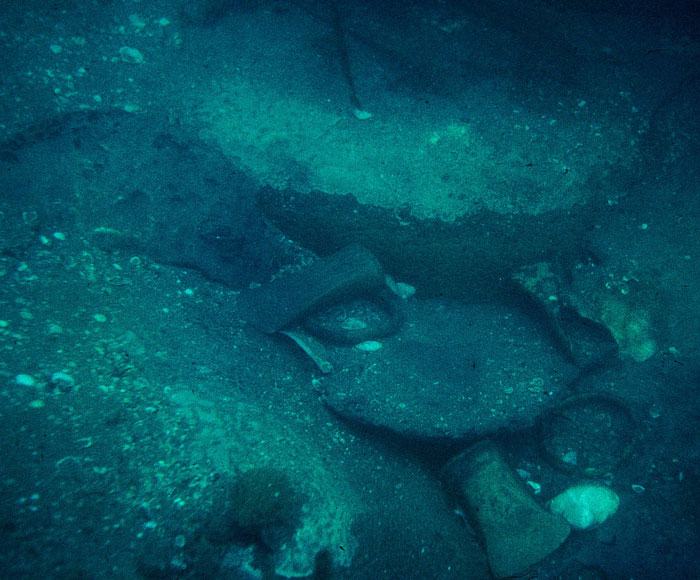
ADELAIDE, AUSTRALIA—According to a statement released by Flinders University, chemical analysis of 2,600-year-old copper ingots discovered off the coast of southwest France in 1964 indicates they came from a variety of locations. The ingots, which have a variety of shapes and sizes, are thought to have been cargo on four different small boats. Maritime archaeologist Enrique Aragón Nunez said the analysis of the isotopes from the trace amounts of lead, antimony, nickel, and silver in the ingots indicates they came from Iberia, eastern Alpine regions, and possibly the Mediterranean. The study suggests that the Indigenous communities in the region had a broad exchange network over land and sea, explained researcher Wendy van Duivenvoorde. To read about the world's oldest known intact shipwreck, go to "Ancient Shipwreck," one of ARCHAEOLOGY's Top 10 Discoveries of 2018.


